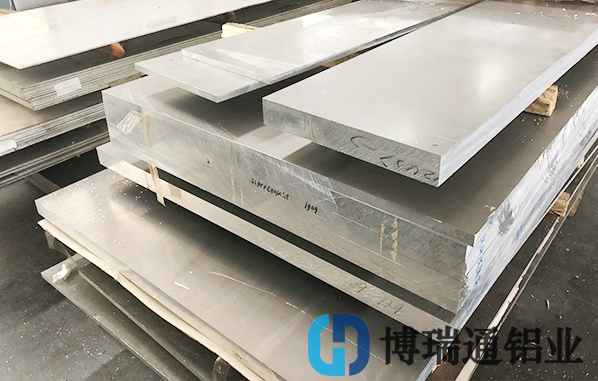We all know that stomata may occur in the production and processing of 6061 aluminum plate. What is the relationship between the stomata morphology and the performance of 6061 aluminum plate?Today, 6061 aluminum plate manufacturers want to introduce to you the relationship between the stomatal morphology and the performance of 6061 aluminum plate.
1. In the process of non-equilibrium unidirectional solidification, 3%Si alloy is solidified in the form of transition layer with wider width of Q layer than P layer, while 1%Si alloy is solidified in the form of transition layer with wider width of P layer than Q layer.
2. Through the observation of the cross-section of the curved specimen cut by the directionally solidified 3%Si alloy ingot, it is found that the small pore defects are spherical in shape and have a certain depth and volume, while the aluminum plate of the 1%Si alloy is flat, and more dendrite separation surfaces can be seen on the cross-section even though the porosity is small.These stomatal morphology will cause the difference in the properties of 6061 aluminum plates.
3. In the 3% Si alloy ingot, the bending strength and absorbed energy of unidirectional solidification material decrease with the increase of porosity, while in the 1% Si alloy ingot, the bending strength and absorbed energy increase with the increase of porosity.If you simply judge by the porosity, the results will be contradictory.Dendritic separation defect rate is used to determine whether the 1%Si alloy or 3%Si alloy aluminum plate is directly proportional to the bending test results.
The relationship between the stomatal morphology and the performance of 6061 aluminum plate is introduced here. If you need to know the price of 6061 aluminum plate, you can contact us.

